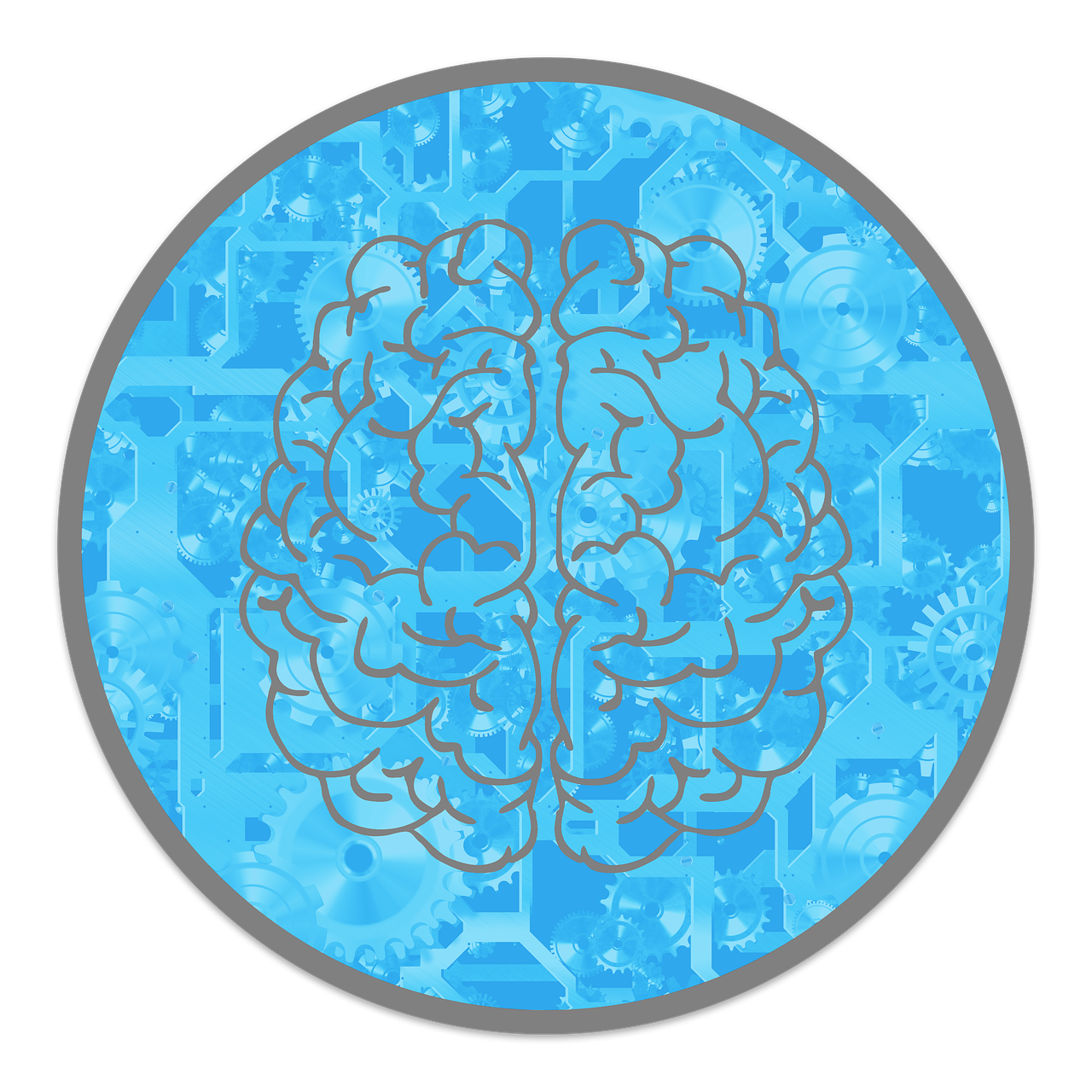
Smartphones might look like pure 21st-century magic, but a lot of their core tech was born during World War II.
Back then, the need to send messages fast, crack codes, and outsmart the enemy pushed scientists to invent stuff that still powers your phone today—like wireless communication and early computing.
This article dives into how WWII tech laid the groundwork for the devices we scroll all day.
Once you see the link, your phone won’t just feel smart—it’ll feel historic.
The Genesis of Mobile Communication: Radio and Cellular Concepts
Before you could FaceTime your friend from the bus, someone had to figure out how to talk wirelessly on a battlefield.
That happened during World War II.
The military needed a way to send messages fast—without wires, in chaos, and across long distances.
That pressure kicked off the tech that eventually became your phone.
Two-way radios and field communications
In WWII, soldiers needed to talk to each other during missions. Enter the two-way radio.
Early models were clunky—some weighed over 30 pounds—but they worked.
One big deal was the Motorola SCR-300. It was the first backpack FM radio and had way better sound and range than anything before.
Over 50,000 were made because they straight-up changed the game.
These radios let troops send and receive voice messages wirelessly.
Sound familiar? That core idea—wireless voice communication—is exactly what makes your phone a phone.
After the war, tech got smaller, lighter, and way more efficient.
But it all started with radios strapped to soldiers’ backs.
The Dawn of Cellular Concepts
After the war, engineers at Bell Labs—basically the OG tech nerd hub—started thinking: “What if everyone had a phone… but in their car?”
In 1947, Douglas H. Ring and W. Rae Young sketched out a plan using hexagon-shaped “cells” to divide up service areas.
Each cell would have its own tiny radio tower, so calls could hop from one to the next without dropping.
That idea—cellular networks—is still how your phone connects today.
They hadn’t built it yet (tech wasn’t there, and the government hadn’t even freed up radio space), but the concept was solid.
Later, guys like Richard Frenkiel, Joel Engel, and Philip Porter picked it up in the ’60s and made it real.
They even worked out “handoff,” which is how your call stays connected when you walk from one Wi-Fi spot (or cell tower) to another.
That idea came from trying to keep soldiers connected while constantly on the move.

The Digital Revolution: From Codebreaking to Microprocessors
You wouldn’t think World War II had much to do with your iPhone or Android—but it totally does.
The war didn’t just push better radios or weapons.
It kickstarted a full-on computing revolution.
Without the stuff built to win the war—early computers, codebreaking machines, and some nerdy genius at Bell Labs—your phone wouldn’t exist.
The birth of electronic computers
During WWII, the military needed to do a lot of math—fast.
They had to figure out how to aim weapons, calculate missile paths, and decode secret messages. Human math wasn’t cutting it.
So they built a machine: the ENIAC (Electronic Numerical Integrator and Computer).
Finished in 1945, it was the first big digital computer.
This thing was massive—it weighed 30 tons and took up a whole room—but it could do thousands of calculations per second. That was wild back then.
Why it matters now?
ENIAC showed that electronic machines could crunch serious numbers, fast.
Today’s phones use the same core ideas—processing data quickly, storing programs, and running tasks step by step.
This style of computing is called Von Neumann architecture, and yep, your smartphone still runs on that same playbook.
Cryptography and information security
WWII also made cryptography a top priority.
The Allies had to break German codes—like those from the Enigma and Lorenz machines—to stop attacks before they happened.
Alan Turing and other math wizards at Bletchley Park used electromechanical machines called “bombes” to crack those codes.
This wasn’t just about winning the war. It helped create the entire field of computer science.
Turing’s work laid the groundwork for how computers “think” and how we protect digital info.
Fast forward to now: Every time your phone sends an encrypted message, locks your data, or secures your online payments, it’s using math that traces back to WWII codebreakers.
That same wartime need for secrecy created the foundation for modern cybersecurity.
The transistor: Miniaturization’s cornerstone
During the war, electronics ran on vacuum tubes—giant, hot, fragile glass parts.
Great for radios. Terrible for portable tech.
After the war, in 1947, Bell Labs invented the transistor to fix that. It was way smaller, used less power, and didn’t break as easily.
The transistor changed everything. It made it possible to shrink computers from room-sized monsters to pocket-sized powerhouses.
Transistors led to microchips and processors—aka the tiny, brain-like parts inside your phone that let it run apps, take photos, and stream TikToks all at once.
Modern phones now use chips with billions of transistors.
That wild level of miniaturization started with post-WWII innovation.
Without that invention, your phone would still be a backpack-sized radio—if it even existed.

Navigation and Sensing: From Radar to GPS
You know that little blue dot on your phone that tells you exactly where you are? You can thank WWII for that.
Back then, the military needed to know where planes and ships were fast—even in total darkness.
That need launched radar, navigation systems, and the sensor tech your phone now uses every day.
Radar technology and its echoes in GPS
Radar (Radio Detection and Ranging) was a WWII superpower.
It let Allied forces spot enemy planes and ships using radio waves—way before anyone could see them.
The British made it better with a device called the cavity magnetron, which used microwave signals for sharper, longer-range detection.
It was so effective that some historians say radar, not the atomic bomb, was the real MVP of the war (National WWII Museum, 2023).
Now, radar isn’t the same as GPS, but the idea is similar:
- Send out a signal
- Get one back
- Use timing to figure out where stuff is
That’s how your phone’s GPS works. Satellites ping your phone from space.
Your phone measures how long the signals take to arrive, and boom—your location is pinned. No WWII radar? No Google Maps.
Inertial navigation and motion sensors
WWII also forced engineers to figure out how to keep planes and missiles on track—even when they couldn’t see anything outside.
So they built inertial navigation systems using gyroscopes and accelerometers to track motion and direction without needing a signal from outside.
These early systems were big, clunky, and used in weapons like the German V-2 rocket.
Fast forward: today, your phone uses tiny versions of those same tools—called MEMS sensors—to do stuff like:
- Auto-rotate your screen
- Count your steps
- Let you aim in mobile games
- Power AR filters that slap sunglasses on your face

Conclusion: The Enduring Legacy of Ingenuity
Your phone isn’t just some sleek 21st-century gadget—it’s built on tech born in World War II.
Military radios became mobile calls. Codebreakers laid the path for cybersecurity. Radar turned into GPS.
The people in labs and bunkers during WWII weren’t trying to invent Instagram—but their work made it possible.
They had one job: solve big problems fast. And that pressure sparked ideas that still power the phone in your hand.
So next time you swipe, tap, or ask your phone for directions, remember: your pocket-sized supercomputer started on the battlefield.



